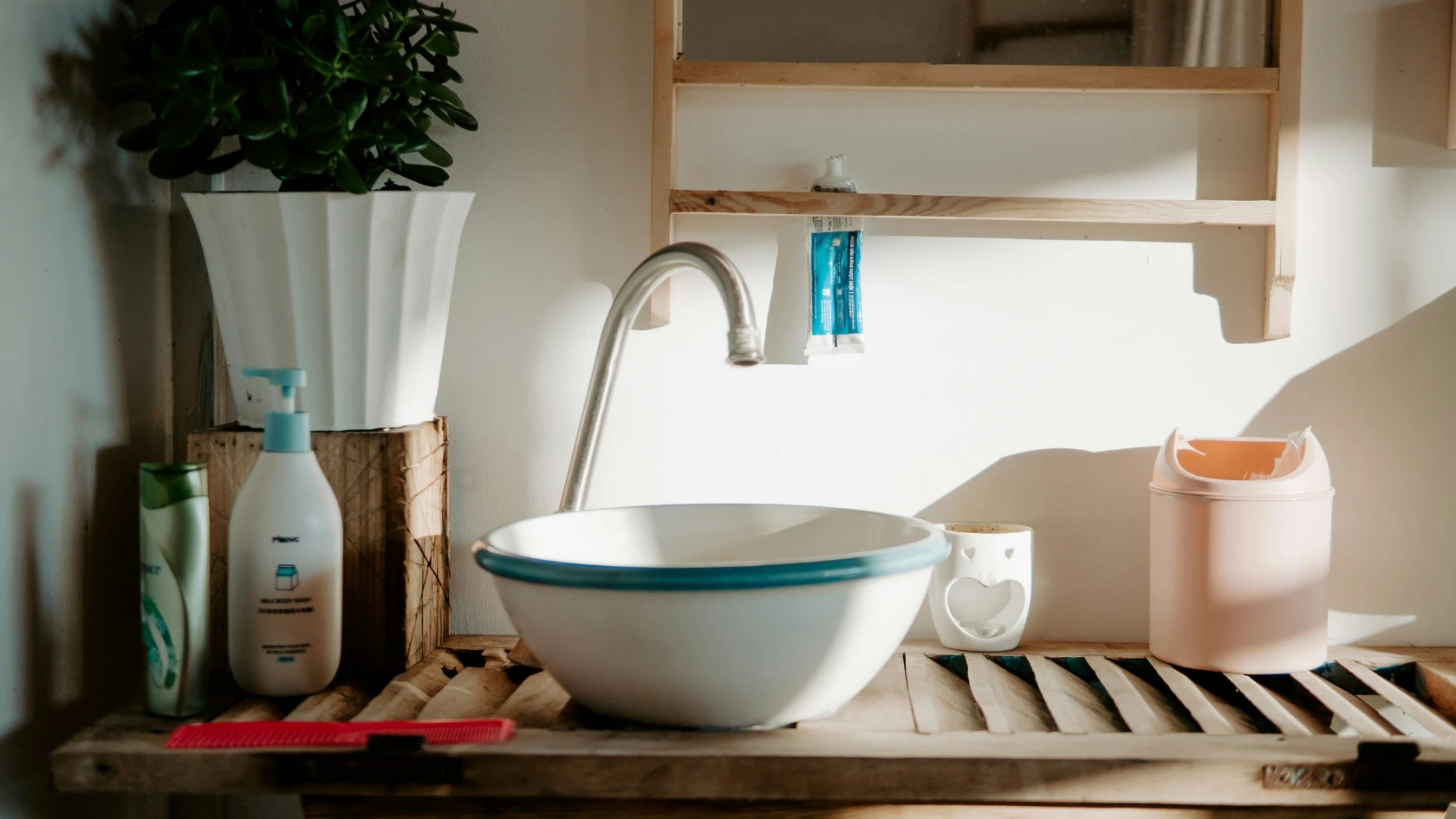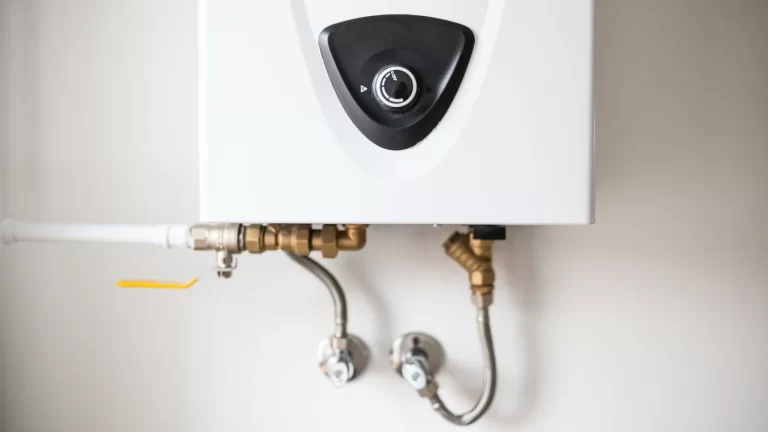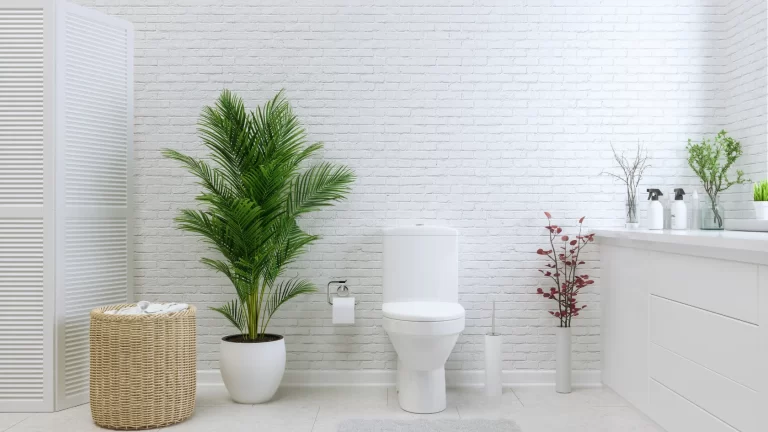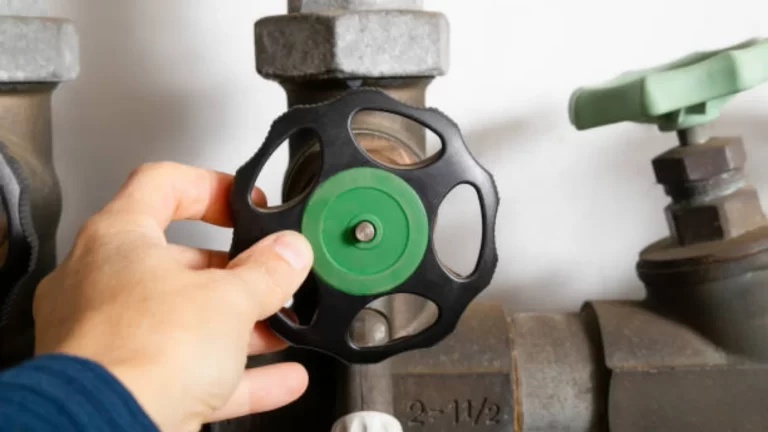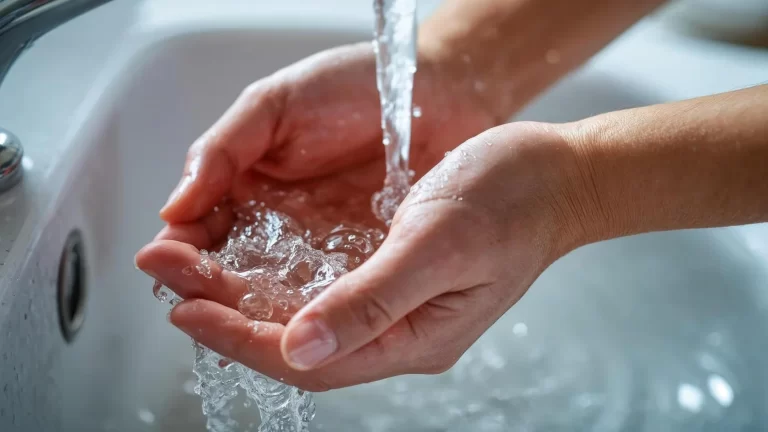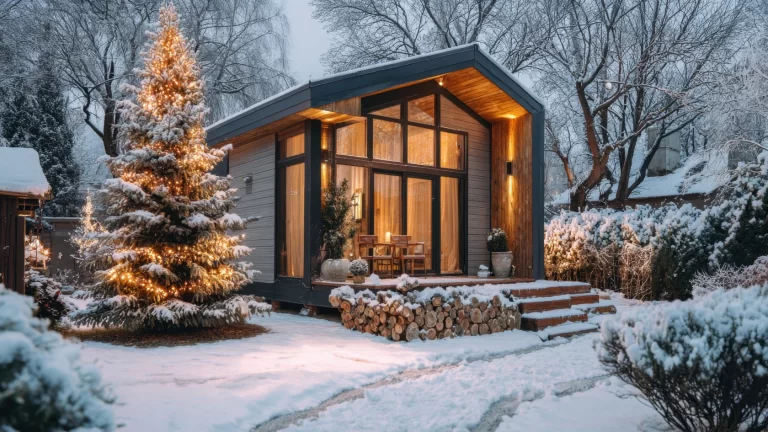Water pressure in the kitchen affects how efficiently you can clean, cook, and carry out daily tasks. Whether the pressure drop is sudden or has been a gradual annoyance, it often signals something is wrong with your kitchen faucet, pipes, or overall water supply system. A kitchen or bathroom faucet that has lost pressure could be an early sign of a larger plumbing concern. Ignoring the issue may not only disrupt daily routines but also cause water damage to other areas of your house and increased electricity costs.
In this blog, we’ll walk you through the possible causes of low water pressure in your kitchen faucet and explain how to fix low pressure step-by-step. You’ll learn how to diagnose the issue, how to increase water pressure in the kitchen sink safely, and when to call in a professional plumber to restore proper water flow and protect the water in your home.
Contact us today through our form or call +1 (416) 252-5557 for expert plumbing, drain, and related services in Toronto, Etobicoke, Mississauga, and across the GTA.
Common Causes of Low Water Pressure in the Kitchen Sink

Before we get into ways to increase the water pressure, it helps to understand the root cause. To successfully fix your low water pressure, you must first determine its precise reason. The cause of your low water pressure at the kitchen faucet might be due to a clog, corrosion, or valve issue, which can have an impact on the entire plumbing system.
1. Clogged Aerator on Your Faucet
The aerator is the small screen at the end of your faucet. The aerator at the end of the faucet may become clogged over time due to rust, sediment, and hard water from your incoming water supply. Water pressure in kitchen faucet fixtures frequently decreases substantially as a result. Soaking the aerator in the vinegar is an easy way to remove the mineral buildup and restore appropriate water flow.
How to test your faucet:
- Unscrew the aerator from the spout of the faucet.
- Any mineral accumulation can be dissolved by soaking it in vinegar.
- Scrub it gently with an old toothbrush.
- Screw the aerator back on and turn on your faucet.
This is often the simplest way to improve low water pressure without needing to replace the faucet.
2. Partially Closed Shutoff Valve
Another cause of low water pressure in the kitchen sink is a partially closed shutoff valve. It is usually located inside the sink cabinet and particularly regulates the hot and cold water to your faucet.
Avoid problems with decreased flow by taking these easy steps:
- Open the sink cabinet and locate the shutoff valves.
- Find both the hot and cold water valves.
- Turn them fully counterclockwise to ensure maximum flow.
Even a slightly turned valve can reduce water pressure in the kitchen.
3. Blocked or Leaking Water Supply Lines
If sediment, rust, or corrosion has built up inside your water supply lines, the flow of water will slow dramatically. Cracks or tiny leaks in the supply line can also reduce water pressure in the kitchen.
Signs of blocked or damaged supply lines:
- A steady drop in faucet water pressure over time.
- Wet areas or pooling under the sink.
- Discoloured water or rust flakes.
You may need to flush or replace the supply lines to restore adequate pressure—not just at your kitchen faucet, but potentially at fixtures like the bathroom sink as well.
4. Faulty or Outdated Kitchen Faucet
A malfunctioning kitchen faucet itself could be to blame. Internal cartridges or flow restrictors can wear out, clog, or jam.
What to check:
- Remove the faucet and inspect inside the faucet body for sediment.
- Replace the cartridge if needed.
- If the faucet is more than 10 years old, replacing it might be the better long-term fix.
Modern sink faucets are designed to provide better flow even at lower pressures.
5. Water Heater Issues Affecting Hot Water Pressure
There may be sediment accumulation in your water heater if low pressure solely affects your hot water supply line. To resolve this, what you can do is:
- Turn off the water heater.
- To remove any silt, attach a hose to the drain valve and empty the tank.
- If flushing doesn’t help, you might need water heater repair or replacement.
6. Municipal Water Supply Problems
In some cases, the cause of low pressure isn’t inside your home but may be from a municipal water supply. This is either from a broken main water line or maintenance on the water meter.
Tip:
- Ask neighbours if they’re experiencing the same issue.
- Contact your local water provider to check for known problems.
If water pressure throughout your home is affected, the source might be external.
7. Pressure Reducing Valve (PRV) Set Too Low
Some homes have a PRV installed near the main water supply. If it’s set too low, it can reduce water pressure across all fixtures—including the kitchen sink.
Check with a plumber: Adjusting the PRV isn’t a typical DIY job. A licensed technician can measure your home’s pressure and safely adjust the valve.
Contact us today through our form or call +1 (416) 252-5557 for expert plumbing, drain, and related services in Toronto, Etobicoke, Mississauga, and across the GTA.
What Else Can Cause Low Water Pressure in Your Kitchen Sink?
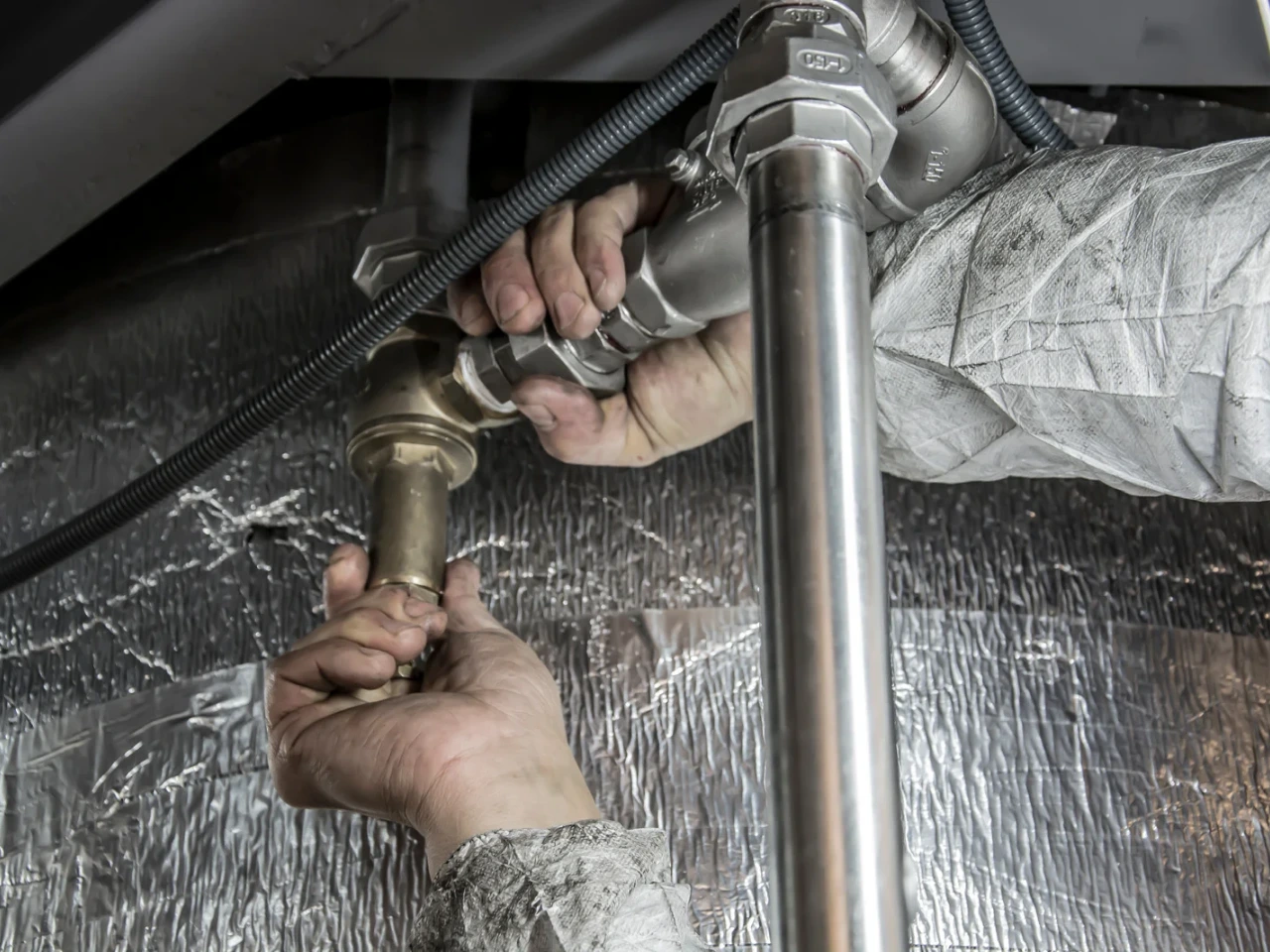
Even if you’ve checked the usual suspects like the aerator and shutoff valve, there are lesser-known causes that can reduce water pressure in your kitchen faucet. These include:
- Hard water buildup inside the faucet body or supply lines
- A malfunctioning check valve near the water meter
- Air trapped in the pipes, especially after repairs or system maintenance
- Water pressure fluctuations from shared lines in multi-unit buildings
If none of your quick fixes seem to improve low water pressure, these hidden issues might be to blame and consider a reliable plumber to fix this issue.
How to Increase Water Pressure in Your Kitchen Sink
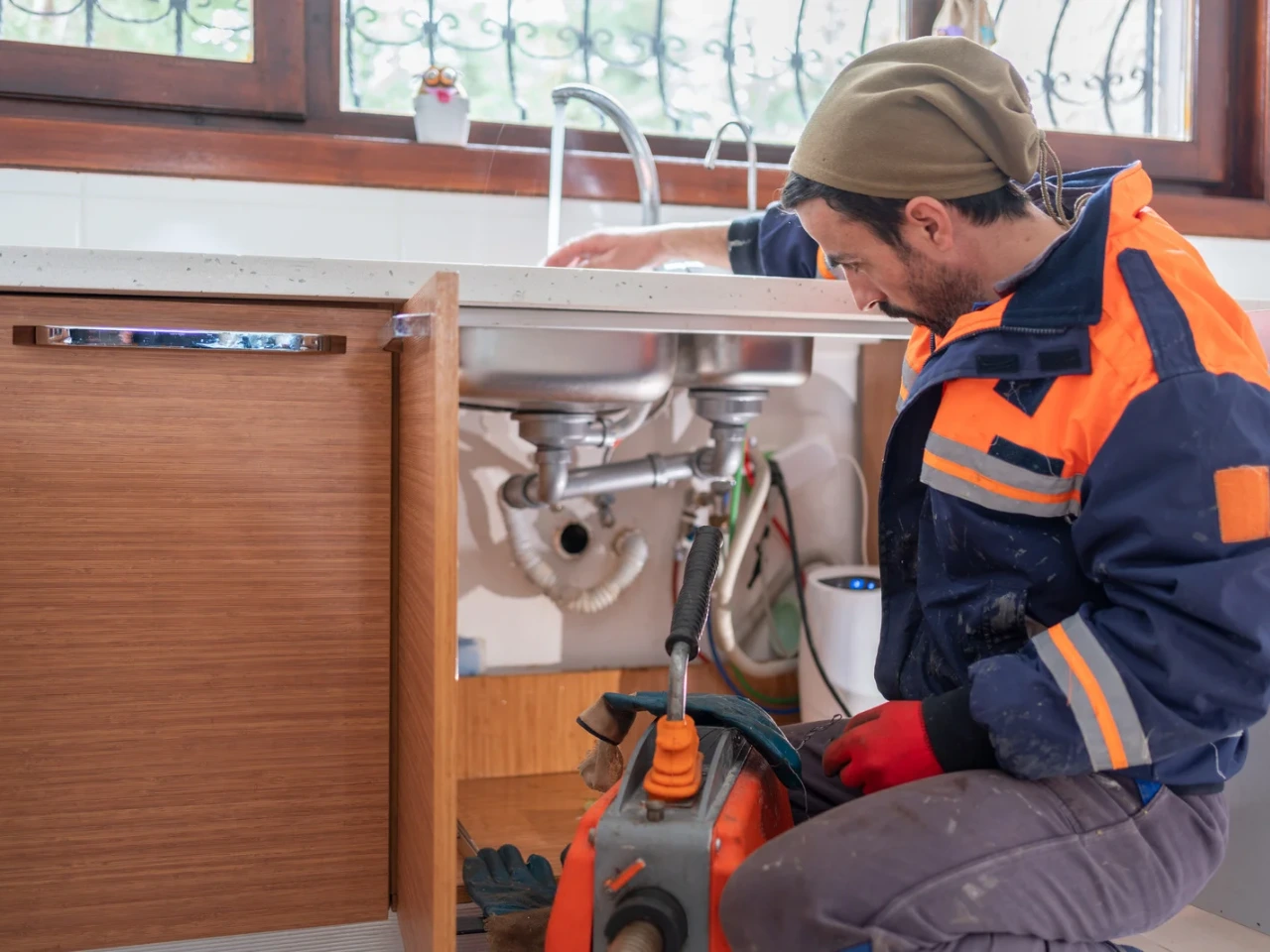
Once you’ve diagnosed the issue, here are several proven ways to increase the water pressure at your kitchen faucet.
1. Clean or Replace a Clogged Aerator
- Place the aerator in vinegar for half an hour.
- Remove any hard water buildup.
- Replace with a new aerator if corrosion is severe.
Doing this simple step can have a big impact on your kitchen water pressure.
2. Open All Shutoff Valves
- Check the valves for the hot and cold water under the sink.
- Make sure they are completely activated.
- The water can now freely pass through both supply pipes as a result.
3. Flush the Water Supply Lines
If your water supply lines are filled with debris:
- Shut off the water.
- Detach the supply lines.
- Use a bucket and short bursts of water to flush each line.
This will remove trapped sediment and air and improve water flow.
4. Replace Old or Corroded Pipes
Internal corrosion might happen if you are using outdated copper pipes or galvanized steel, which can restrict flow and cause water pressure suddenly drop in the kitchen.
Consider repiping if you notice:
- Brown or discoloured water
- A metallic taste
- Drop in water pressure throughout your home
- Water quality will be improved and low pressure will be permanently fixed by replacing rusted pipes.
5. Service or Replace Your Water Heater
Sediment accumulation in your water heater over time may be the cause of low hot water pressure. To keep things functioning properly and remove that accumulation, the tank should be drained once a year. A tankless water heater improves hot water flow, so it can be a wise replacement if your unit is outdated or having trouble keeping up.
6. Install a Water Pressure Booster Pump
For homes with consistently low water pressure from the main line, a water pressure booster pump might be necessary.
Booster pumps:
- Help increase pressure in your home
- Works well in combination with a pressure tank
- Must be installed near the main water source
If you ever notice that the municipal supply is weak, then consider doing these ways to effectively fix low pressure.
7. Upgrade Your Kitchen Faucet
If the faucet is outdated or damaged:
- Get a new and more efficient model instead
- Look for a faucet with a high flow rate (2.2 GPM or more).
Replacing the faucet is often the quickest way to fix low pressure when other components are working fine.
Simple Ways to Prevent Future Pressure Issues in Your Kitchen Faucet
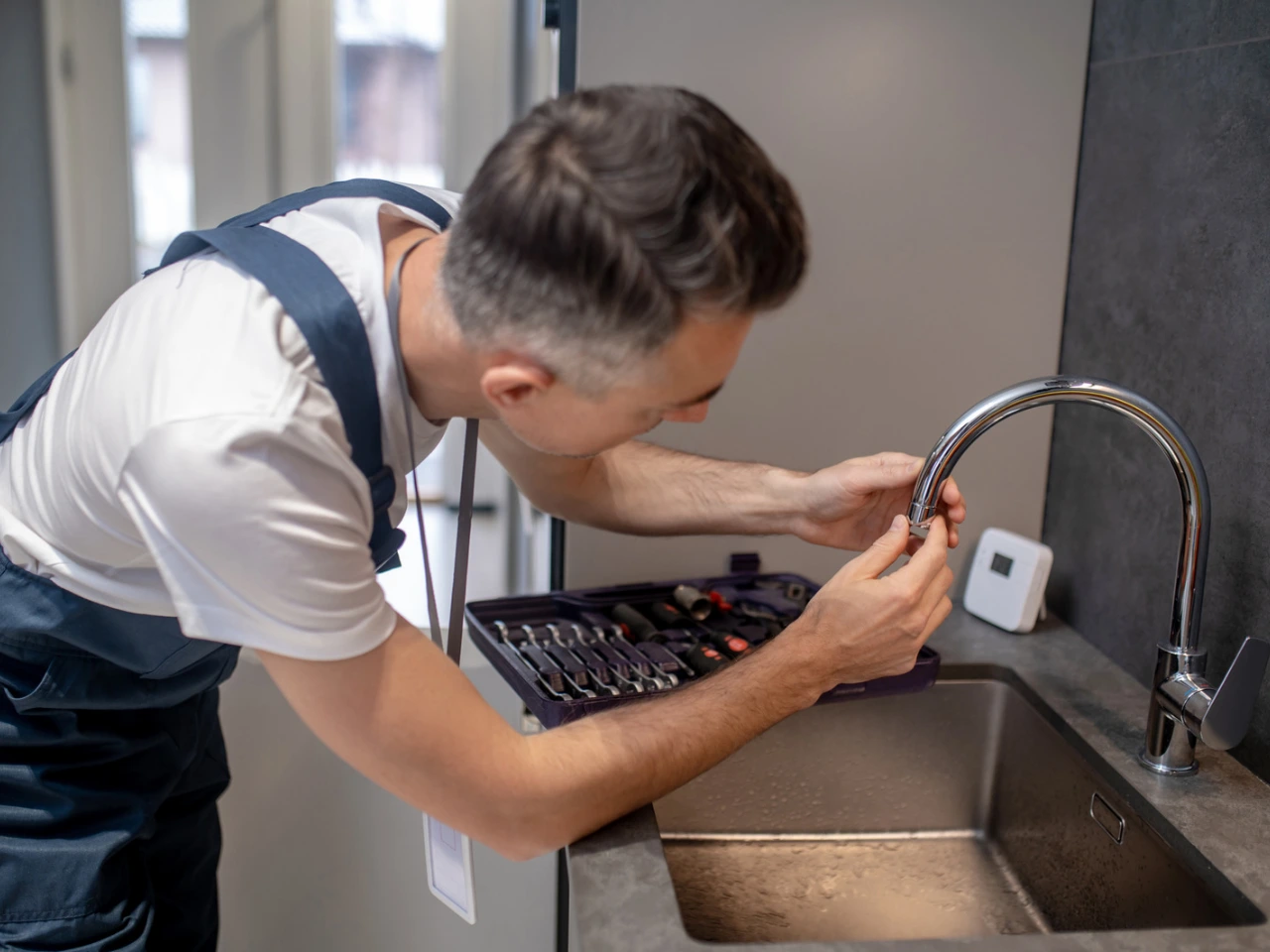
Taking innovative steps to prevent water pressure problems now is far more affordable than dealing with costly damage later. Whether it’s frequent use or sudden changes in high water pressure, even how often you turn on the faucet without regular upkeep, can wear down your system.
- Attach a sediment filter on your main water line to keep junk out of your plumbing system
- Flush your water heater annually to maintain a consistent hot water flow
- Check and clean your faucet aerators every 3–6 months
- Stay away from using chemical drain cleaners because they can erode pipes and decrease water flow
- Monitor your water bill for unexplained increases that could signal a hidden leak
These small steps can help maintain good pressure in your kitchen faucet and extend the life of your plumbing system.
When to Call a Professional Plumber in Toronto
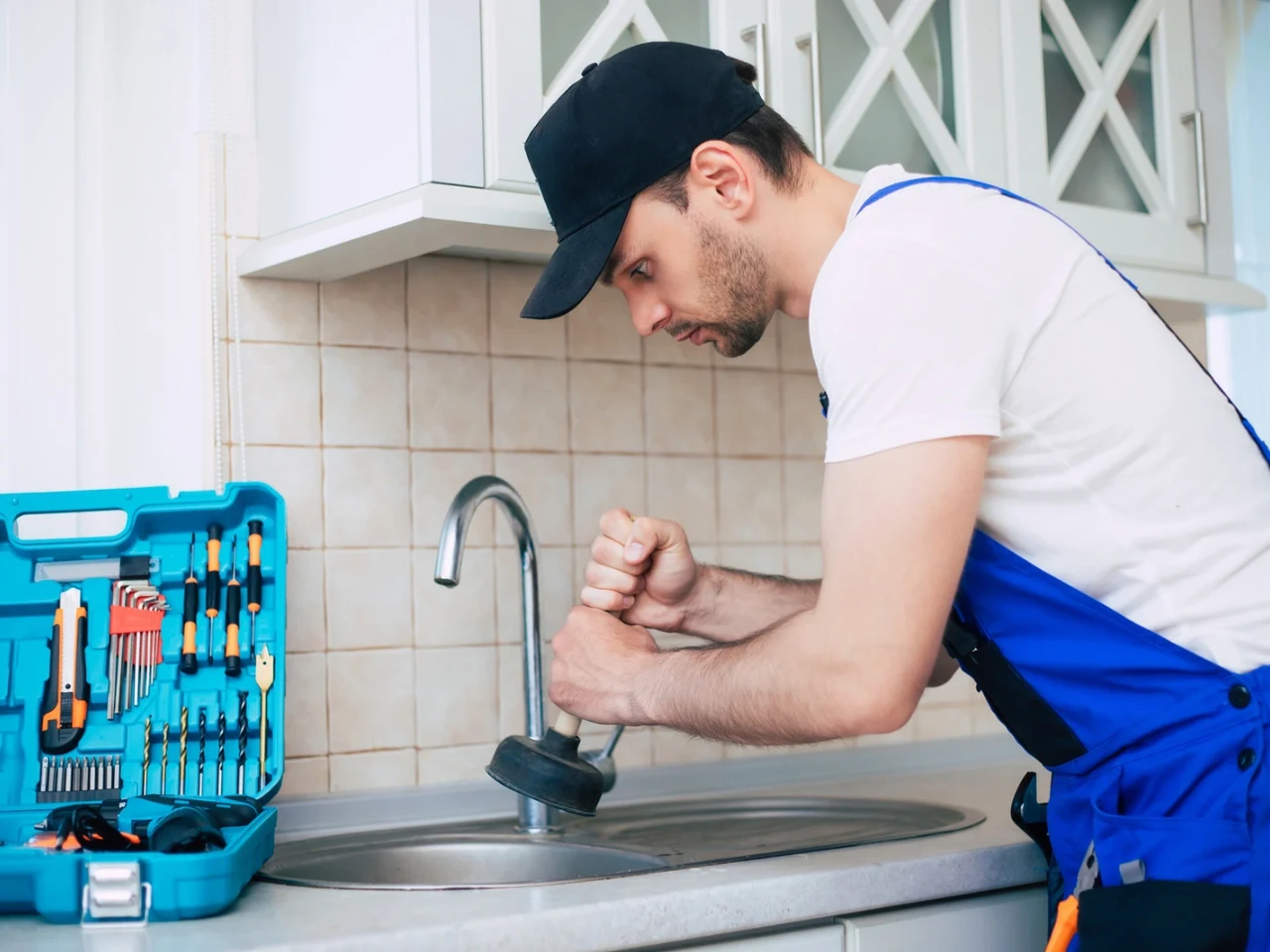
If the water pressure in your kitchen faucet doesn’t resolve or improve at all after trying all those DIY solutions, it might be time to bring in a licensed and reliable professional plumber. Hidden plumbing issues like the ones below could be the cause and only a skilled plumber can help you with that.
- Leaks behind walls
- Faulty pressure reducing valves
- Sediment in pipes
- Incorrect installation of supply lines
At Absolute Draining & Plumbing, we specialize in identifying and fixing low water pressure issues in Toronto homes. We’ll test your pressure, inspect for damage, and recommend long-lasting solutions.
Why Homeowners Trust Absolute Draining & Plumbing?
When it comes to supplying water at adequate pressure, homeowners across Toronto trust Absolute Draining & Plumbing to keep everything running smoothly. Whether you need a strong faucet to rinse dishes or full system diagnostics, we deliver dependable results every time.
- 20+ Years of experience in Toronto plumbing
- Flat-rate pricing with no hidden fees
- 24/7 emergency service
- Full-service kitchen plumbing repairs, including water pressure in the kitchen faucet issues
- Rebate assistance for plumbing upgrades
Our team is trained to resolve even the most stubborn issues with water pressure to ensure everything is fixed and working well. Whether it’s a simple aerator fix, a need to adjust the water pressure, or a full water line replacement, we guarantee that we handle every job with care and expertise.
Get Your Kitchen Sink Flowing Again
Although it can be annoying, low water pressure in your kitchen sink doesn’t have to last forever. Whether you need to clean your aerator, flush your pipes, or replace old plumbing, there are many ways to increase water pressure and restore smooth water flow. If you turn on the water and only a weak stream comes out of the faucet, or you’ve noticed the flow from the faucet is reduced over time, don’t wait until it leads to more damage. When in doubt or if the low pressure doesn’t go away, it’s best to call a professional or reliable plumber to help you with your concern.
Contact us today through our form or call +1 (416) 252-5557 for expert plumbing, drain, and related services in Toronto, Etobicoke, Mississauga, and across the GTA.

